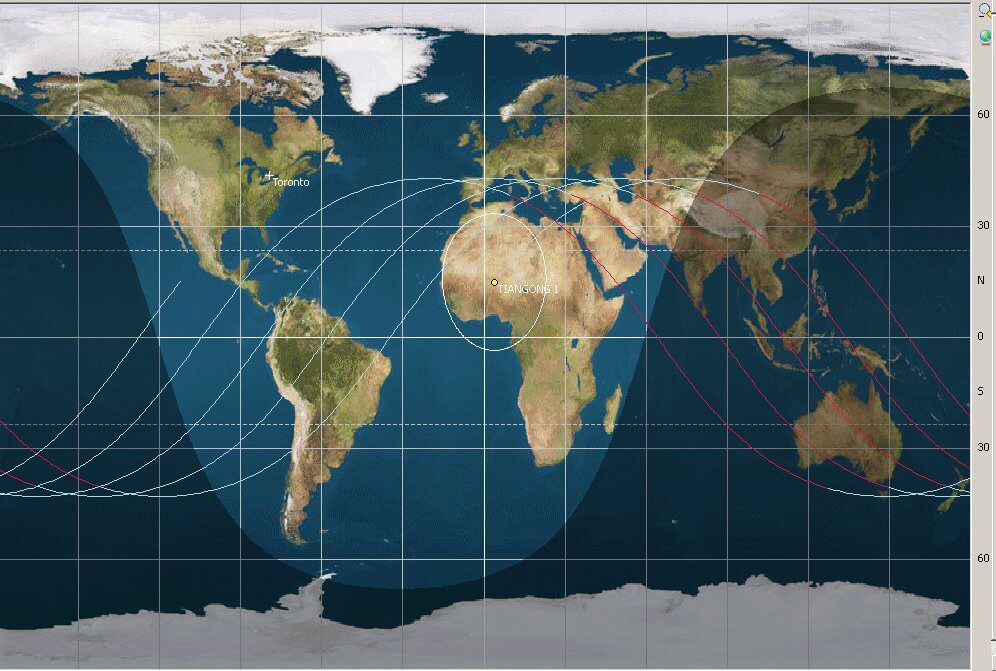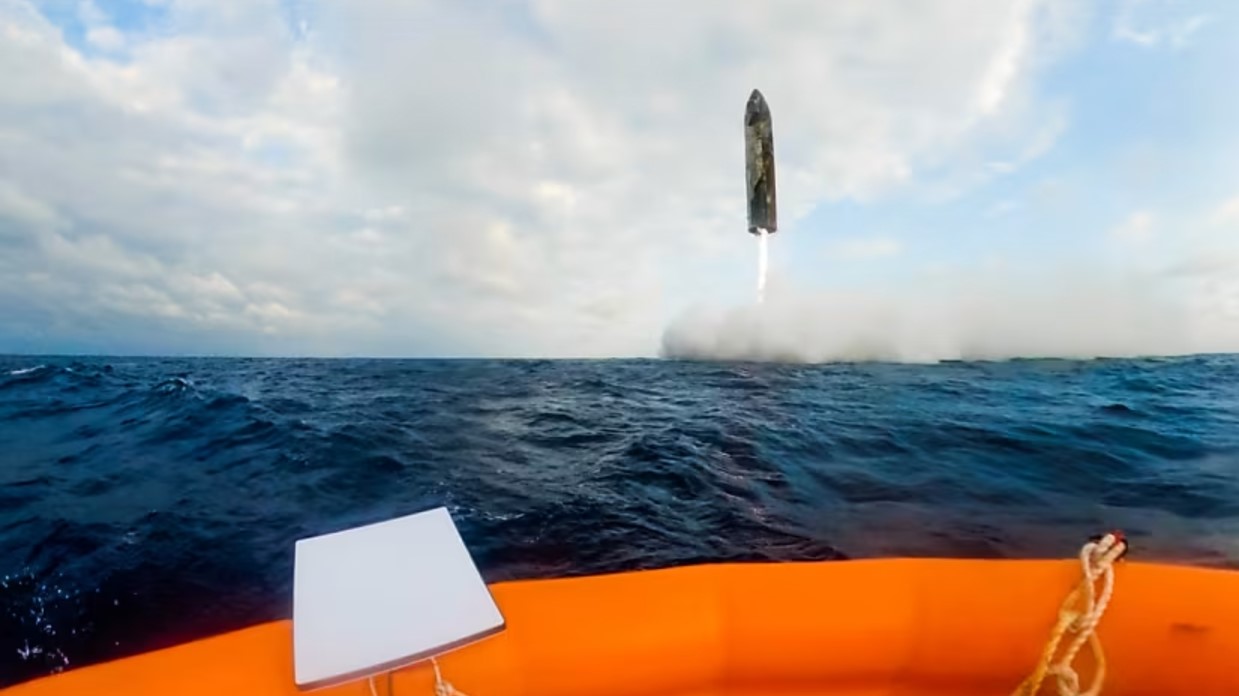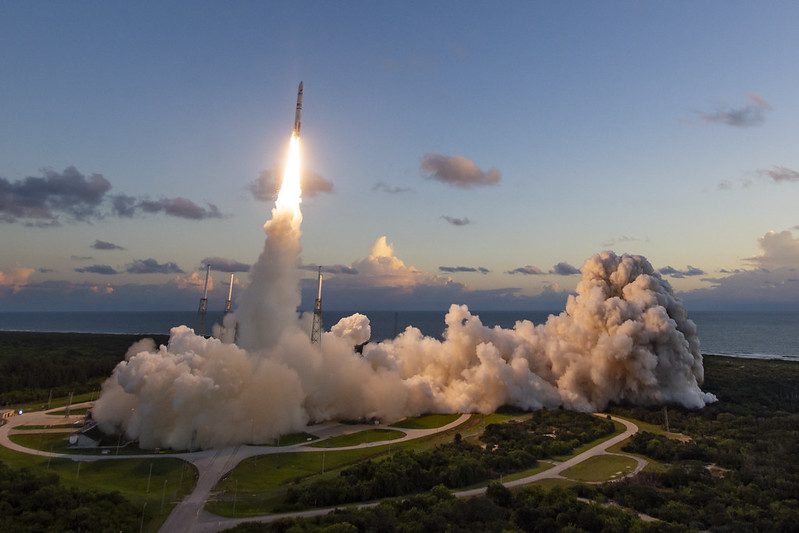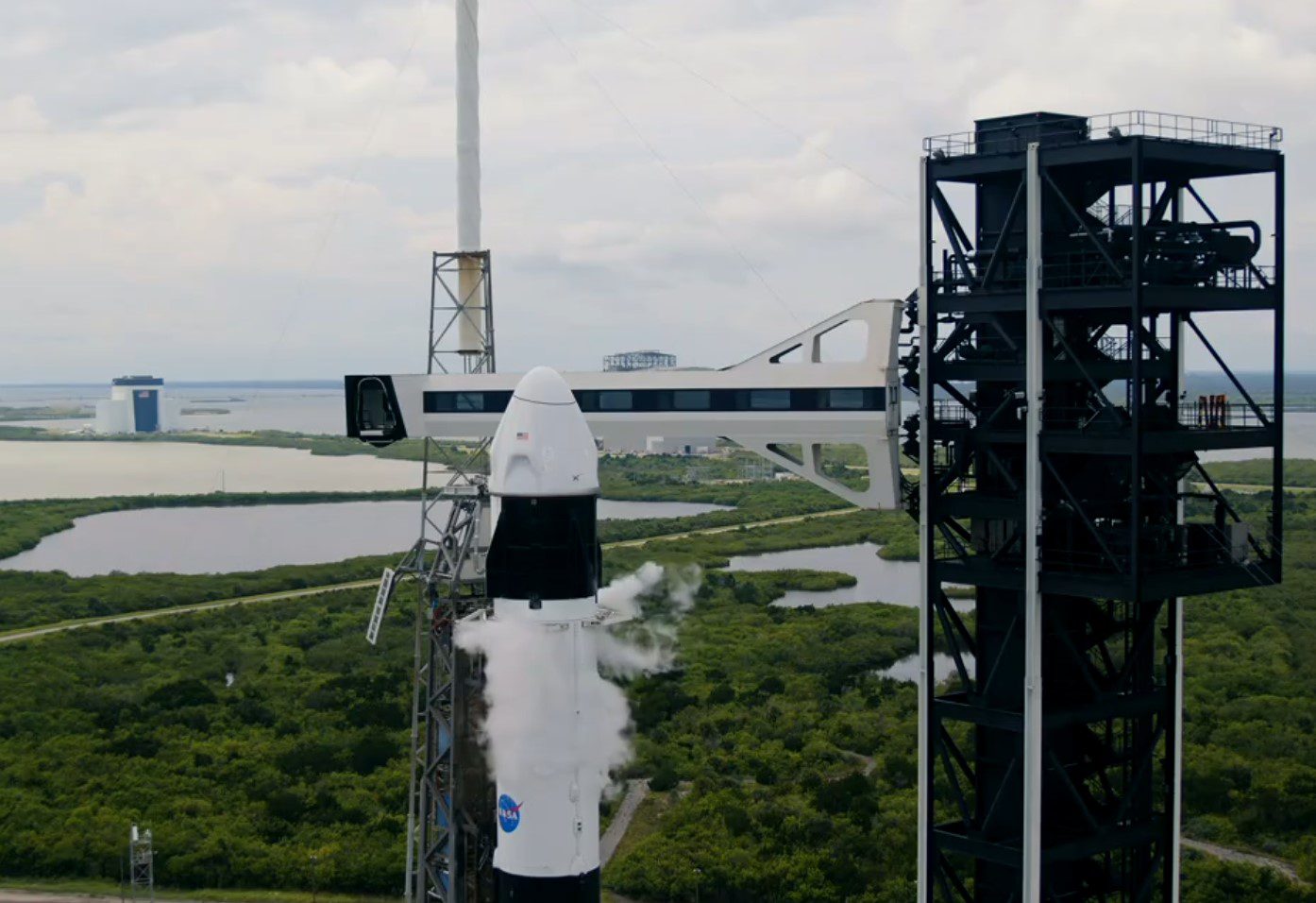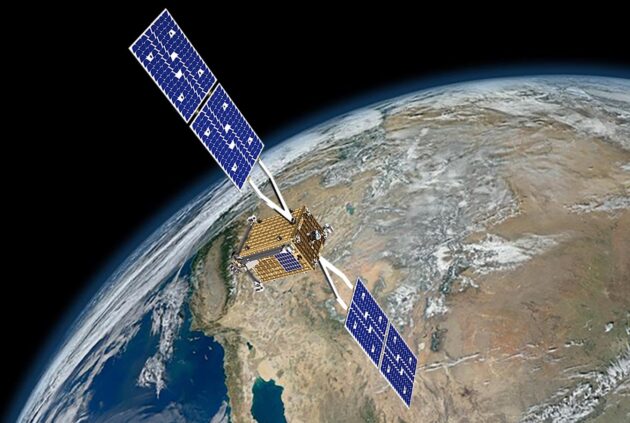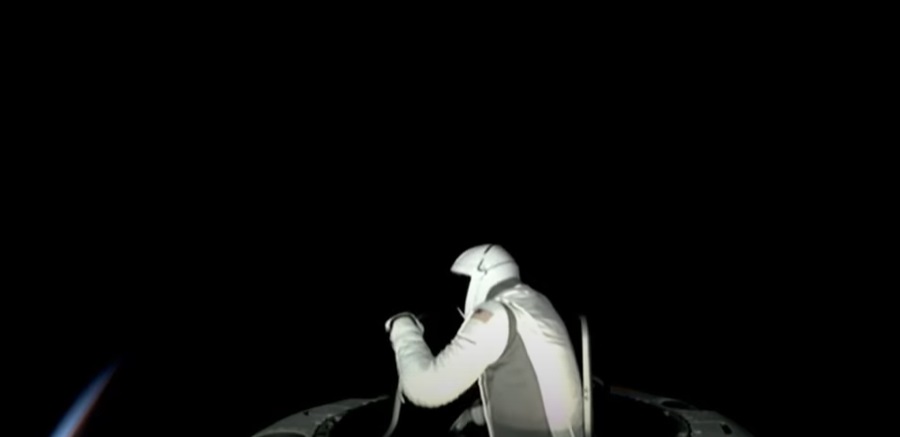While the chance of being hit by space hardware is miniscule, large objects have been known to hit land. This famously happened after the faster than expected re-entry of NASA’s Skylab space station, which hit a mainly uninhabited part of Australia in 1979 before the Space Shuttle could reach it to attach a booster motor. Another “out of control” re-entry was that of the Russian Mir space station. However, in that case the debris fell harmlessly into the sea. Nevertheless before Mir’s re-entry, Russia’s space authorities took the precaution of appointing the aviation loss adjuster Airclaims, lest there were any insurance claims for third party damage if it had hit land. (Actually the Mir atmospheric entry was commanded but the final trajectory was uncertain until very late).
However, those space station re-entries are things of the past; now there is a new one to worry about. China has formally warned the United Nations that its no longer functioning Tiangong-1 mini space station is losing velocity and altitude due to atmospheric drag, and that it will make an uncontrolled re-entry either in late 2017 or in early 2018. The 8,506 kg (at launch) spacecraft, which was until recently in a 349 km altitude orbit, is losing this at a rate of 1 km per week. Given Tiangong-1’s orbital inclination of 42.8 degrees, it could theoretically hit any point on the globe between the latitudes of 42.8 degrees North and 42.8 degrees South.

